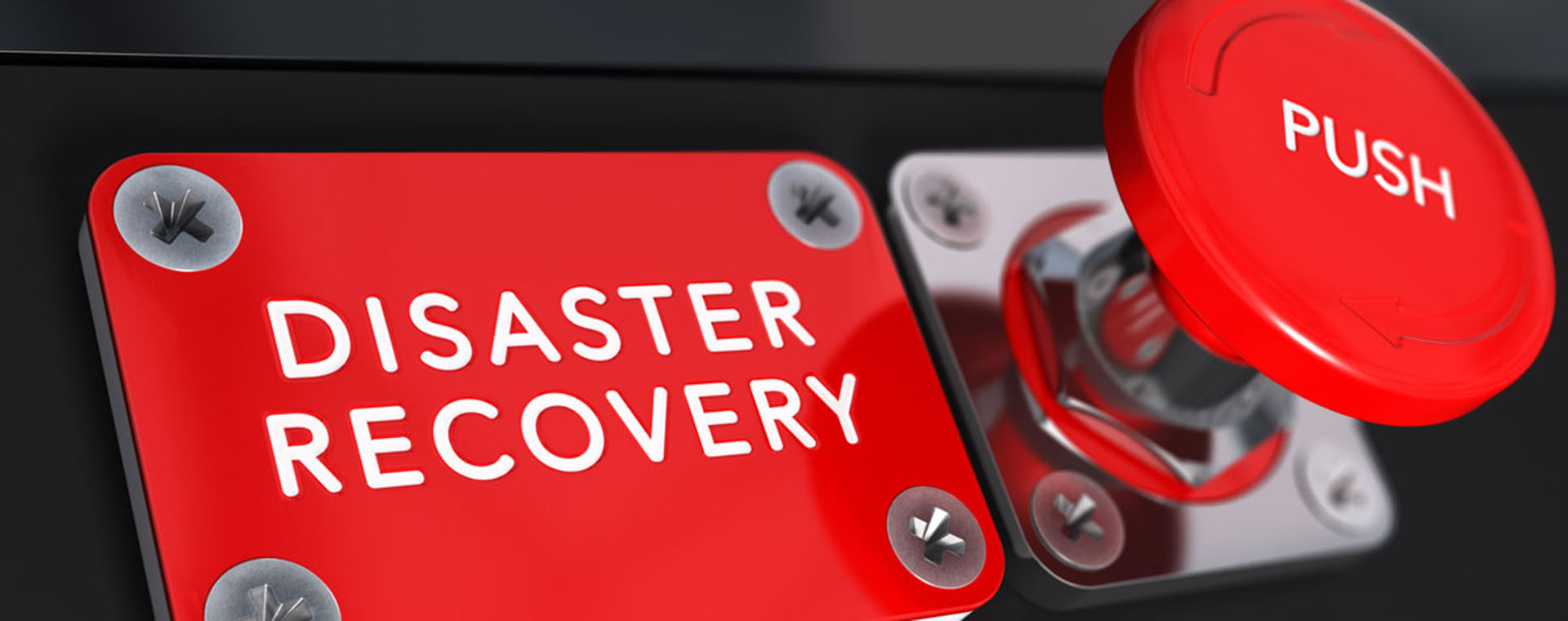Staying one move ahead in crisis communications
An effective crisis communications strategy is more important than ever, as complexity levels increase and required response timelines decrease.
Having a major accident happen at your plant is the biggest nightmare of every industrial technology senior executive. While risk factors can always be minimised, you can never completely rule out that a fire, explosion or spillage could happen in or around your factory, whether through accident or following deliberate malpractice.
Beyond physically controlling and eradicating the incident itself, a whole other media storm crisis may ensue. How you respond to this could make or break your organisation and influence your reputation with your stakeholders for years to come. This is why you need to be fast, transparent and accurate in what you share, as well as ensuring that all statements read from the same script and do not contradict each other.
In my previous roles, including stretches as Manager of Communications at DSM and Senior Manager Communications at LyondellBasell, I have been involved in responding to some very difficult crises indeed. Over time I have seen how crisis communications is becoming ever more critical and I want to share basic steps and what the role for a third-party communicator such as EMG is.
The basic steps
There are several standard basic steps that will cover 50-60% of the planning for your crisis communications strategy. These involve:
1. Assessing what has happened
Isolating what the problem is, investigating what caused it and then deciding on the best message to communicate to the outside world.
2. Ensuring that you have good statements prepared to begin with
The rise of social media means a disaster will appear online within a matter of seconds. You therefore need to ensure that the information being shared is correct, and that the reality is not being corrupted by “fake news”. It pays to be prepared for the worst-case scenario by having a structured timeline of statements and press releases in place. Even if it is just a holding statement to say that you are in the process of investigating in the coming hours, you have to ensure that you have responses prepared so that you are able to react in a fast way.
3. Building up the information that needs to be communicated
While you can prepare this basic outline to some extent, each crisis will be different, so you cannot have one single cookie cutter format to follow. Also, each and every organisation is structured in a different way, so you will have to develop a company specific approach on how to respond. Important is to ensure that your checklist has been completed and that your response has been comprehensive enough to satisfy the needs of all affected parties e.g. the neighboring community, customers, your own employees and the general public at large.
4. Deciding on timing of response
There are several factors at play that will help determine how quickly you need to respond to a crisis. Obviously, if the issue relates to something visible (e.g. an explosion or fire), then you will need to respond quickly and completely to give a good estimate of how dangerous the situation is to neighbours and others who are potentially impacted. If it is less visible and inside an organisation, you may have a little bit more time available to investigate before opening things up.
5. Selecting the right form of communications
The crisis communications challenge has only become more complex in an information age where news can be spread within 15 seconds and everyone is connected in real time to whatever is going on. Communications need to be tailored to the needs of the different parties affected. A cross-platform approach with built-in flexibility to accommodate real-time shifts is required to ensure all audiences receive the right information at the right time. Communications will obviously be far more difficult if there are casualties involved, with communication to family members always holding priority. But above all, remember that transparency is key either way for the long term.
Social media a double-edged sword
One of the biggest results of the 24-hour news hour cycles and constant barrages of social media is accountability, where general managers are being increasingly held responsible, whether fairly or not. It is easy to connect a face to a disaster and social media channels give people the opportunity to talk directly about the person in charge and ultimately held responsible for not handling it in the right way. The Sword of Damocles hangs over the general manager’s head in times of crisis and only a transparent, thorough and coordinated crisis communications strategy can save them from the chop.
But social media is a double-edged sword. It adds time pressure, but also offers companies a great insight into what people are talking about online and therefore an indication about what information needs to be shared. Proactively monitoring the emotions and questions being raised through social media channels allows you to ensure that the next message that you distribute will address them.
Seeing things objectively
A big challenge involved in effective crisis communications is the internal constraints.
At the end of the day, ensuring that to get a factually correct and straightforward message out there is key. But internally, some employees may be withholding information, in fear of losing their job or even a potential prison sentence. Another part is that the involved target groups may not be so easy to determine for internal staff. For example, the local authorities, media and the general public may be handled quite well. But what about the staff at the factory itself? Are you ensuring that they are being communicated to in a clear, simple and transparent way, in order to quell the very understandable concerns that they may have about safety?
An external party can offer a fresh perspective on where communications could be optimized. This is where a communications company like EMG comes in, to look at things objectively and ensure that all areas are covered.
EMG: Your partner in times of crisis
EMG has years of experience in helping to prepare our customers for worst case scenarios and in guiding and supporting them through the most challenging days in communications.
At a preparatory level, we are able to partner with our customers to write a handbook on how to respond in a crisis and offer advice on how to organise and distribute this throughout your organisation. We can liaise with our customers to list potential threats and black swans requiring a response. For example, we could help to implement a traffic light system for times of crisis that indicates the severity: from blue (mild), to amber (concerning) to red (worst). It is important that this simple strategy document will be understandable for all respondents in the network, from the factory floor upwards and that it is simple enough to be able to communicate externally too.
Our work with customers has included creating customised training plans for different sites around the world, as responses will differ depending on the local legislation. For example, in the case of an explosion, different people will be required in front of the camera depending on where the crisis happens e.g. in the Netherlands the mayor is in charge, in the UK it is the commander of the fire brigade, while in the US it is the company itself. We can offer advice on how to approach these types of questions.
We are in the midst of a communications revolution and industrial technology companies are having to adapt to speeding news cycles and become capable of responding in a swifter way.
While all responsible companies are doing their utmost to avert a crisis, having a well-crafted crisis communications plan in place just in case will help you sleep more soundly at night.



